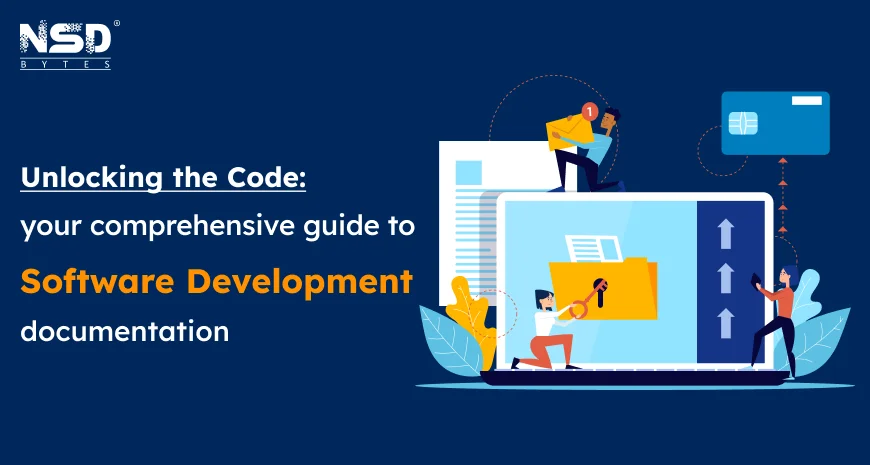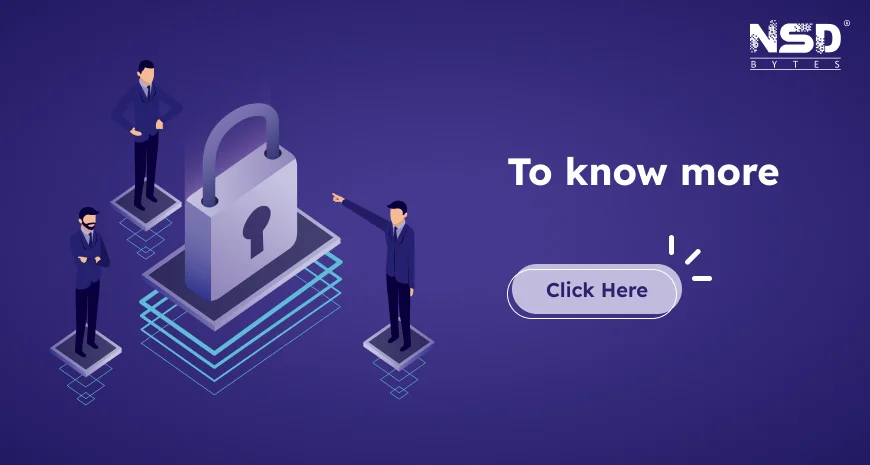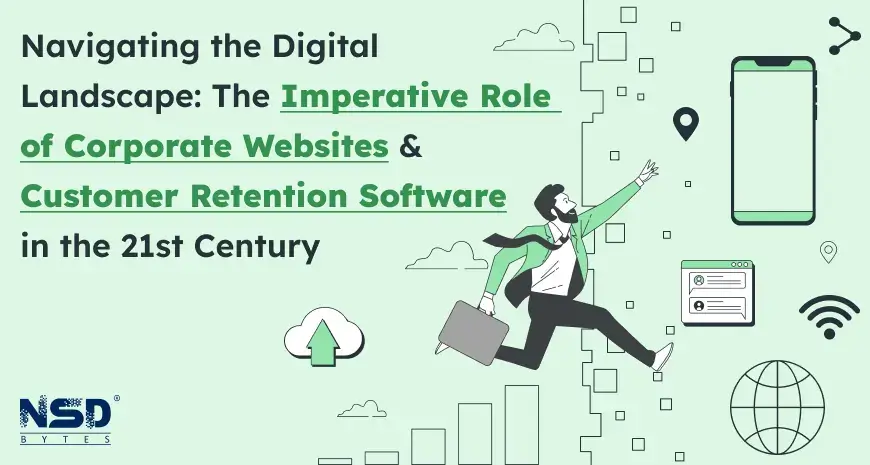
Introduction:
In the realm of software development, documentation is the backbone that supports efficient collaboration, seamless maintenance, and effective problem-solving. Yet, it often remains underestimated or overlooked. In this comprehensive guide, we delve into the significance of software development documentation, its various types, best practices, and how to make the most out of it in your projects.
Certainly! Let's elaborate on the four key points regarding software development documentation:
1. Importance of Software Development Documentation:
Effective software development documentation is crucial for several reasons:
- Clarity and Understanding: Documentation serves as a comprehensive reference point for developers, stakeholders, and end-users. It clearly outlines project goals, requirements, functionalities, and constraints, ensuring everyone is on the same page regarding project scope and expectations.
- Facilitating Collaboration: Clear documentation facilitates seamless collaboration among team members, particularly in distributed or remote teams. It provides a shared understanding of project architecture, code structure, and design decisions, enabling smoother communication and teamwork.
- Troubleshooting and Debugging: Well-documented code and processes simplify troubleshooting and debugging efforts. Developers can quickly pinpoint issues, understand the context behind certain decisions, and identify potential solutions by referring to relevant documentation.
- Onboarding and Knowledge Transfer: Comprehensive documentation aids in onboarding new team members by providing them with the necessary context and resources to understand the project quickly. It also facilitates knowledge transfer within the team, ensuring that institutional knowledge is preserved even as team members come and go.
2. Types of Documentation:
- Requirements Documentation: This type of documentation outlines the project's goals, objectives, functionalities, and constraints. It serves as a foundation for the development process, guiding developers in understanding what needs to be built and how it should behave.
- Technical Documentation: Technical documentation delves into the nitty-gritty details of the project, including architecture, code structure, APIs, data models, and algorithms. It provides developers with a roadmap for understanding the underlying technology stack and implementing changes or enhancements effectively.
- User Documentation: User documentation is aimed at end-users and provides guidance on how to interact with the software. This may include user manuals, tutorials, FAQs, and help guides that explain how to perform specific tasks, navigate the interface, and troubleshoot common issues.
- Maintenance Documentation: Maintenance documentation captures updates, changes, and bug fixes made throughout the project's lifecycle. It serves as a historical record of the project's evolution, enabling developers to track changes, understand the rationale behind certain decisions, and plan future updates or enhancements effectively.

3. Best Practices for Documentation:
- Keep it Updated: Documentation should be treated as a living document that evolves alongside the project. Regularly review and update documentation to reflect changes in requirements, architecture, or codebase.
- Use Clear Language: Ensure that documentation is written in clear, concise language that is understandable to both technical and non-technical stakeholders. Avoid jargon and technical terms without providing adequate explanations.
- Include Examples: Illustrate concepts, workflows, and code snippets with relevant examples to provide clarity and context. Visual aids such as diagrams, flowcharts, and screenshots can enhance understanding and make documentation more accessible.
- Organize Effectively: Structure documentation in a logical and intuitive manner, making it easy to navigate and reference. Use headings, subheadings, and bullet points to break down complex topics into manageable sections.
- Collaborate: Encourage collaboration among team members in documenting processes, decisions, and best practices. Leverage tools and platforms that facilitate real-time collaboration and version control, ensuring that everyone has access to the most up-to-date documentation.
4. Making Documentation Work for You
- Investing Time and Effort: While documentation may seem like an additional overhead, investing time and effort in creating comprehensive documentation upfront pays off in the long run. It saves valuable resources by reducing confusion, misunderstandings, and rework later in the project lifecycle.
- Integration with Development Process: Integrate documentation into the development process as an integral part of project planning, implementation, and maintenance. Encourage developers to document their code, design decisions, and rationale as they work, rather than as an afterthought.
- Documentation as a Strategic Asset: View documentation not just as a formality or compliance requirement but as a strategic asset that enhances project transparency, scalability, and maintainability. Prioritize documentation practices as essential components of delivering high-quality software products.
- Continuous Improvement: Embrace a culture of continuous improvement when it comes to documentation. Solicit feedback from stakeholders, review and refine documentation processes regularly, and adopt emerging best practices and tools to optimize documentation efforts over time.
Conclusion:
Software development documentation is not just a formality but a strategic asset that enhances project transparency, scalability, and maintainability. By prioritizing documentation practices, you pave the way for smoother development cycles and superior software outcomes.
Our Services
- UI/UX Designing
- Software Quality Assurance
- Application Support & Maintenance
- App Modernization
- Software Development
- Web Development
- Mobile Application
- Game Development
- AR/VR Development
- User Experience Management
- Analytics Consultancy
- Data Visualization and Analysis
- White Label Solution
- Hire a Professional
























